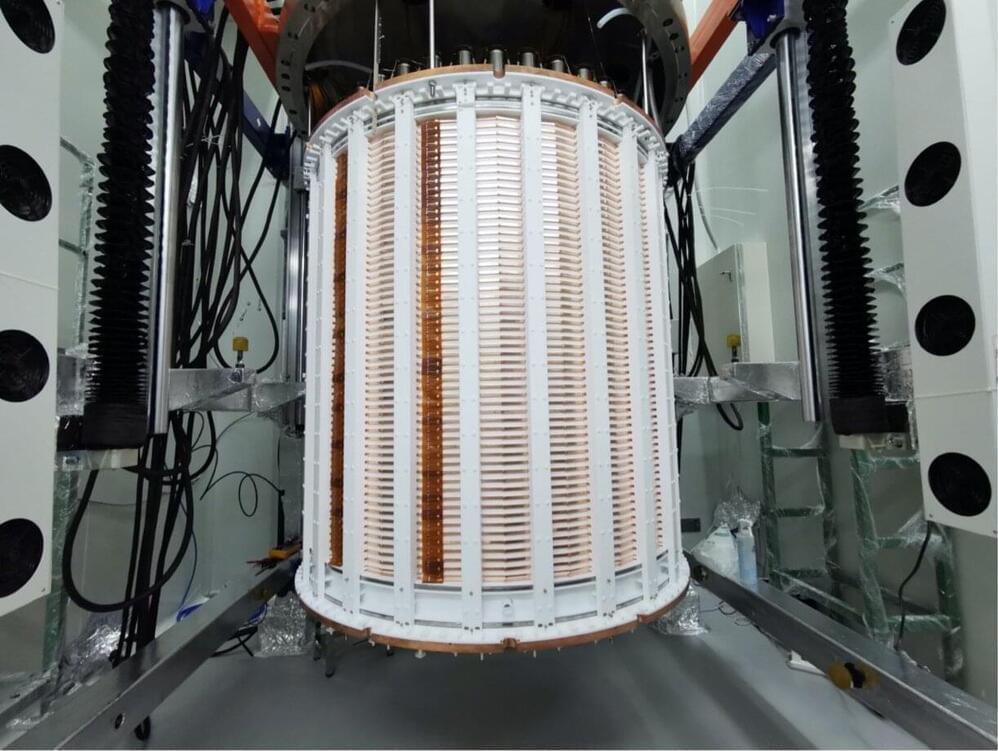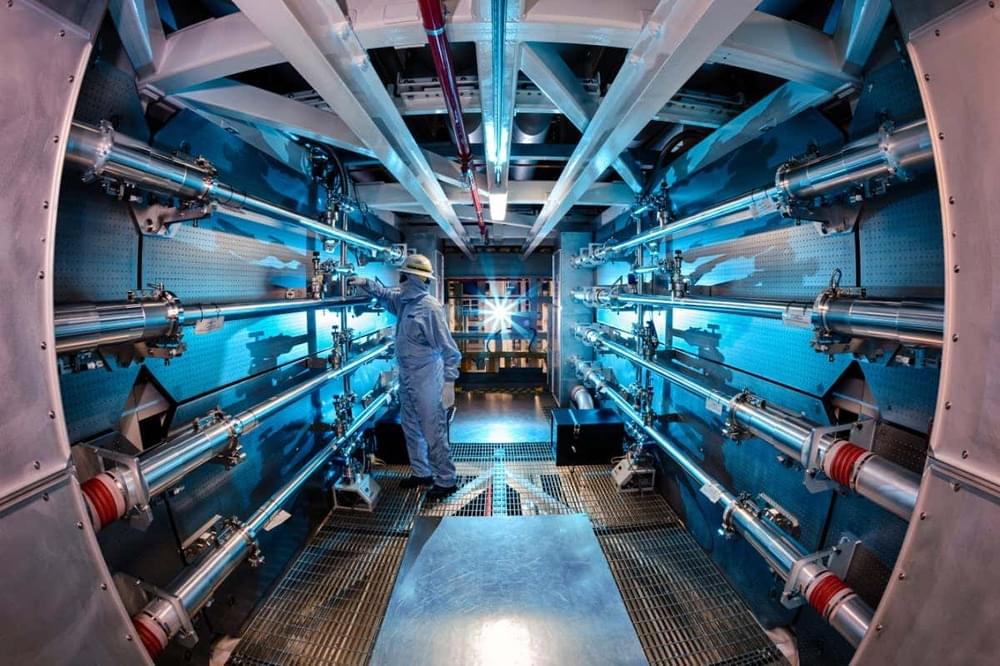Quantum circuits still can’t outperform classical ones when simulating molecules.
Quantum computers promise to directly simulate systems governed by quantum principles, such as molecules or materials, since the quantum bits themselves are quantum objects. Recent experiments have demonstrated the power of these devices when performing carefully chosen tasks. But a new study shows that for problems of real-world interest, such as calculating the energy states of a cluster of atoms, quantum simulations are no more accurate than those of classical computers [1]. The results offer a benchmark for judging how close quantum computers are to becoming useful tools for chemists and materials scientists.
Richard Feynman proposed the idea of quantum computers in 1982, suggesting they might be used to calculate the properties of quantum matter. Today, quantum processors are available with several hundred quantum bits (qubits), and some can, in principle, represent quantum states that are impossible to encode in any classical device. The 53-qubit Sycamore processor developed by Google has demonstrated the potential to perform calculations in a few days that would take many millennia on current classical computers [2]. But this “quantum advantage” is achieved only for selected computational tasks that play to these devices’ strengths. How well do such quantum computers fare for the sorts of everyday challenges that researchers studying molecules and materials actually wish to solve?







